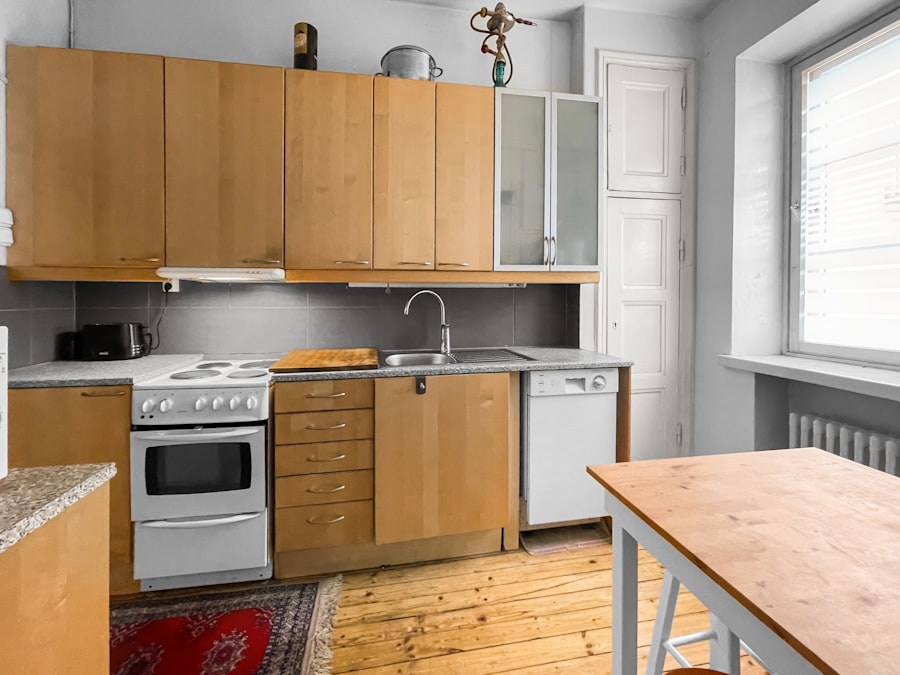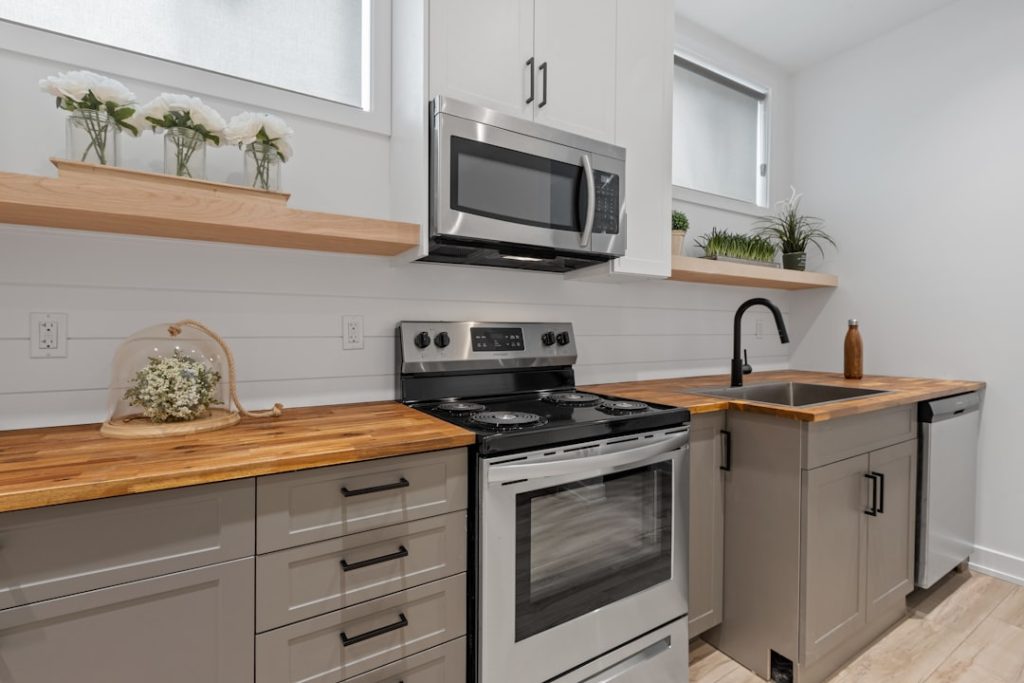Establishing a budget is a fundamental step in any project, whether it involves home renovations, construction, or even smaller-scale endeavors like landscaping. A well-defined budget serves as a financial blueprint, guiding decisions and ensuring that expenditures remain within manageable limits. To begin, it is essential to assess your financial situation comprehensively.
This includes evaluating your savings, income, and any potential financing options such as loans or credit lines. By understanding your financial capacity, you can set a realistic budget that aligns with your goals without overextending yourself. Once you have a clear picture of your finances, the next step is to outline the specific costs associated with your project.
This involves not only estimating the total amount you are willing to spend but also breaking it down into categories such as materials, labor, and additional services. It is advisable to allocate a portion of your budget for contingencies, as unexpected costs often arise during the course of a project. By setting a budget that includes these considerations, you can navigate the complexities of your project with greater confidence and clarity.
Key Takeaways
- Setting a budget is the first step in any home improvement project and helps to keep costs in check.
- Understanding the scope of the project is crucial to avoid any surprises and ensure all necessary expenses are accounted for.
- Evaluating material costs is important to find the right balance between quality and budget.
- Labor costs and installation fees should be carefully considered and factored into the overall budget.
- Accounting for design and planning services is essential for a well-executed and successful project.
Understanding the Scope of the Project
Understanding the scope of the project is crucial for effective planning and execution. The scope defines what will be included in the project and what will be excluded, providing a clear framework for all stakeholders involved. To accurately determine the scope, it is essential to identify the specific goals and objectives of the project.
For instance, if you are renovating a kitchen, consider whether you want to update appliances, change the layout, or simply refresh the aesthetics with new paint and fixtures. Each of these choices will significantly impact both the budget and timeline. Moreover, engaging with professionals such as architects or contractors can provide valuable insights into the feasibility of your project scope.
They can help you understand potential challenges and limitations based on your existing space and local building codes. Additionally, having a well-defined scope allows for better communication among team members and stakeholders, reducing the likelihood of misunderstandings or scope creep—where additional tasks are added without corresponding adjustments to time or budget.
Evaluating Material Costs

Material costs are often one of the most significant components of any project budget. The selection of materials can greatly influence not only the overall cost but also the quality and longevity of the finished product. When evaluating material costs, it is essential to consider both the initial purchase price and long-term value.
For example, while high-end materials like granite countertops may have a higher upfront cost compared to laminate options, they often provide greater durability and aesthetic appeal, potentially increasing the value of your home. In addition to considering different types of materials, it is also important to research suppliers and manufacturers. Prices can vary significantly between vendors, so obtaining multiple quotes can help you find the best deal without compromising quality.
Furthermore, keep an eye out for sales or discounts that may be available at certain times of the year. Bulk purchasing can also lead to savings; if you are working on a large project, buying materials in larger quantities may reduce per-unit costs.
Labor Costs and Installation Fees
| Service | Labor Costs | Installation Fees |
|---|---|---|
| Plumbing | 50 per hour | 100 flat fee |
| Electrical | 60 per hour | 150 flat fee |
| HVAC | 70 per hour | 200 flat fee |
Labor costs represent another critical aspect of budgeting for any project. These costs can vary widely based on factors such as location, complexity of the work, and the experience level of the laborers involved. For instance, hiring a highly skilled contractor may come with a premium price tag, but their expertise can lead to higher quality work and fewer mistakes that could result in additional expenses down the line.
It is essential to weigh these factors when deciding who to hire for your project. When budgeting for labor costs, it is also important to consider installation fees that may not be included in initial estimates. For example, if you are purchasing new flooring, some suppliers may charge extra for installation services.
Additionally, if your project requires specialized skills—such as electrical work or plumbing—these services may come at a higher rate due to licensing requirements and expertise needed. Therefore, obtaining detailed quotes that outline both labor and installation fees will provide a clearer picture of your total expenses.
Accounting for Design and Planning Services
In many projects, especially those involving renovations or new constructions, design and planning services play a pivotal role in ensuring success. Engaging an architect or designer can help translate your vision into actionable plans while adhering to local building codes and regulations. These professionals bring valuable expertise in space utilization, aesthetics, and functionality that can enhance the overall outcome of your project.
When budgeting for design services, it is important to understand how these costs will be structured. Some designers charge a flat fee for their services, while others may bill hourly or take a percentage of the overall project cost. It is advisable to discuss these details upfront to avoid any surprises later on.
Additionally, consider whether you need ongoing design support throughout the project or if a one-time consultation will suffice. By accounting for these services in your budget from the outset, you can ensure that your project remains on track and aligned with your vision.
Considering Permit and Inspection Costs

Many construction and renovation projects require permits and inspections to ensure compliance with local building codes and safety regulations. These costs can vary significantly depending on your location and the nature of your project. For instance, major structural changes or additions typically require more extensive permits than cosmetic updates like painting or flooring changes.
It is crucial to research local regulations early in the planning process to understand what permits will be necessary. In addition to permit fees, inspections may also incur additional costs. Many jurisdictions require inspections at various stages of construction to ensure that work meets safety standards.
These inspections can add time and expense to your project timeline; therefore, it is wise to factor them into your overall budget. Failing to account for these costs can lead to delays or fines if work is completed without proper authorization.
Factoring in Unexpected Expenses
No matter how meticulously you plan, unexpected expenses are often an inevitable part of any project. These surprises can arise from various sources—such as hidden structural issues discovered during renovations or fluctuations in material prices due to market conditions. To mitigate the impact of these unforeseen costs on your budget, it is prudent to set aside a contingency fund typically ranging from 10% to 20% of your total budget.
This contingency fund acts as a financial buffer that allows you to address unexpected challenges without derailing your entire project. For example, if you uncover water damage while renovating a bathroom, having this reserve can enable you to address repairs promptly without having to scramble for additional funds. Additionally, maintaining open communication with contractors and suppliers throughout the project can help identify potential issues early on, allowing for proactive solutions rather than reactive measures.
Comparing Quotes and Estimates
Once you have gathered all necessary information regarding material costs, labor fees, design services, permits, and potential unexpected expenses, it is time to compare quotes and estimates from various contractors and suppliers. This step is crucial in ensuring that you receive fair pricing while maintaining quality standards. When reviewing quotes, look beyond just the bottom line; consider factors such as reputation, experience, and customer reviews.
It is also beneficial to request detailed breakdowns of each quote so that you can understand what is included in each estimate. This transparency allows for more informed comparisons and helps identify any discrepancies in pricing or services offered. Additionally, don’t hesitate to negotiate with contractors; many are willing to adjust their pricing or offer discounts for larger projects or repeat business.
By taking the time to compare quotes thoroughly, you can make informed decisions that align with both your budget and project goals.



